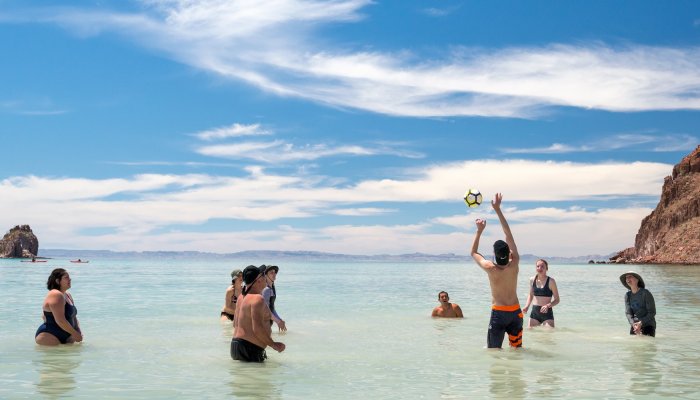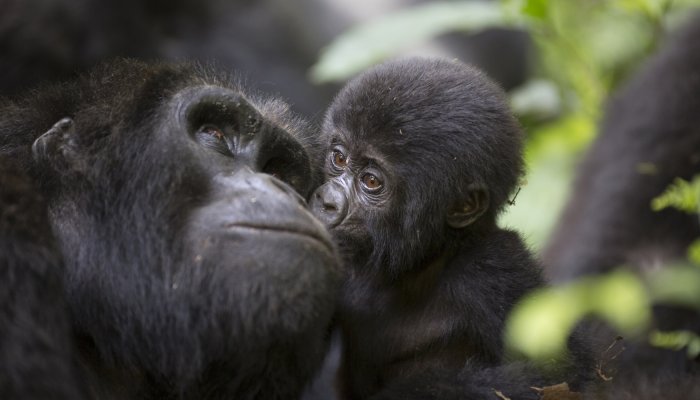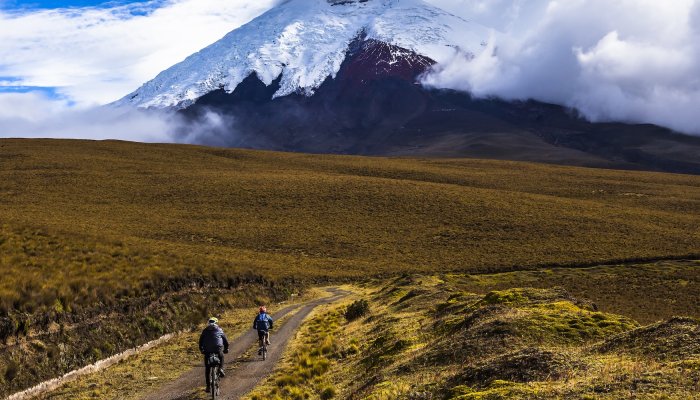Patagonia is a land of wild beauty, whether you’re staring at the stunning blue glacier of Perito Moreno or trekking through the awe-inspiring Torres del Paine National Park. It’s a place where many first discover their love of the great outdoors and where adventure enthusiasts find no shortage of “wow” moments.
But it’s also a land of extremes and unpredictable weather conditions (not to mention long travel distances), which can make Patagonia an exhilarating adventure--yet one that may pose some challenges. So before you book your journey to the bottom of the world, here’s a few things you should keep in mind.
Patagonia 101
Patagonia covers a vast region at the tip of South America, straddling both Argentina and Chile. It includes not only the southernmost section of the rugged Andes mountains, but also the sparsely populated deserts and pampas that sprawl to the east. But Patagonia is not just wilderness. It’s home to vibrant towns and cities, remote estancias and wineries and the world’s second largest ice field.
You can traverse Patagonia on multi-day walks that will expose you to the dramatic beauty of its varied ecosystems and eco-lodges where you can bunk down surrounded by spellbinding landscapes. It also boasts an impressive tourist infrastructure, evident in the wooden boardwalks that sweep in front of Perito Moreno Glacier and the chocolate economy of Bariloche.
So whatever your preconceived notions about Patagonia are, this fascinating territory is bound to blow them away.
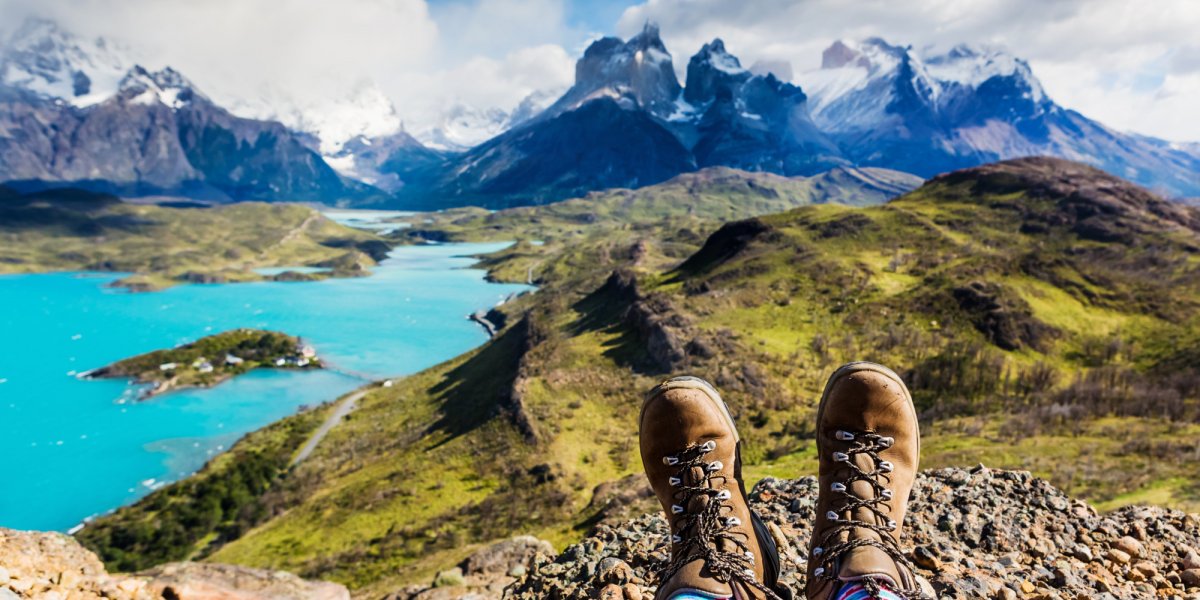
Unpredictable Weather
Patagonia’s weather can be divided into four seasons: summer, extending from December to February; the fall months of March through to May; the freezing winter months of June through August; and spring, which stretches from September to November. That being said, Patagonia is renowned for the unpredictability of its weather, and all four seasons can often appear in one day.
Keeping Patagonia's delightfully capricious weather in mind, it’s important to come prepared for all conditions and not rely on the weather forecast for Buenos Aires or Santiago de Chile to be indicative of what’s happening in Patagonia. Waterproof gear and plenty of layers are essential, as are thick socks and comfortable hiking boots if you plan on doing any trekking. Consider packing thermal underwear (long pants and tops), as well as mittens, a fleece and a down jacket to make sure you can keep warm in all conditions.
Summer is the peak tourist season in Patagonia, particularly over the Christmas/New Year period. So if you want to avoid the influx of crowds at the most popular sites like Perito Moreno, plan to visit outside of this period. The tail end of spring and the start of fall are both great times to visit, with incredible colors in the national parks and the light not as harsh as it is at the height of summer.
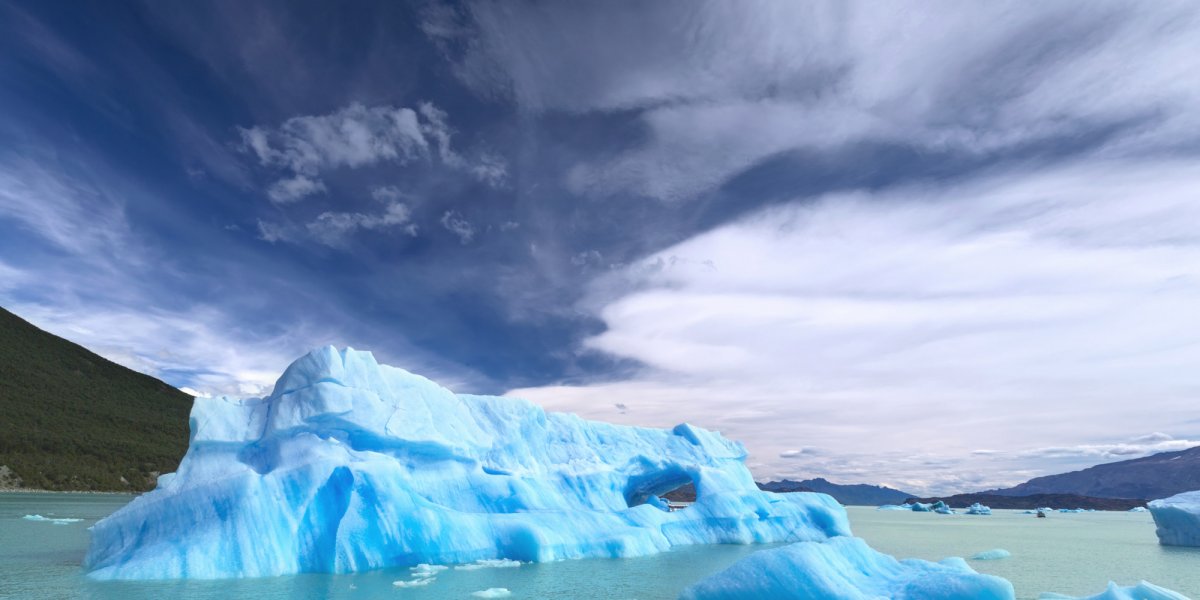
The Roaring Forties
Patagonia is in the firing line of the Roaring Forties: powerful westerly gales that whip up in the Southern Hemisphere between the latitudes of 40 and 50 degrees. These winds can make trekking and sightseeing far more energy intensive than you are used to, and it’s important to come prepared with a beanie that will protect your ears.
But the winds aren’t relentless and while you may encounter their force during your stay, the unpredictability of Patagonia’s weather means you’ll just as soon find yourself in blissfully calm conditions.
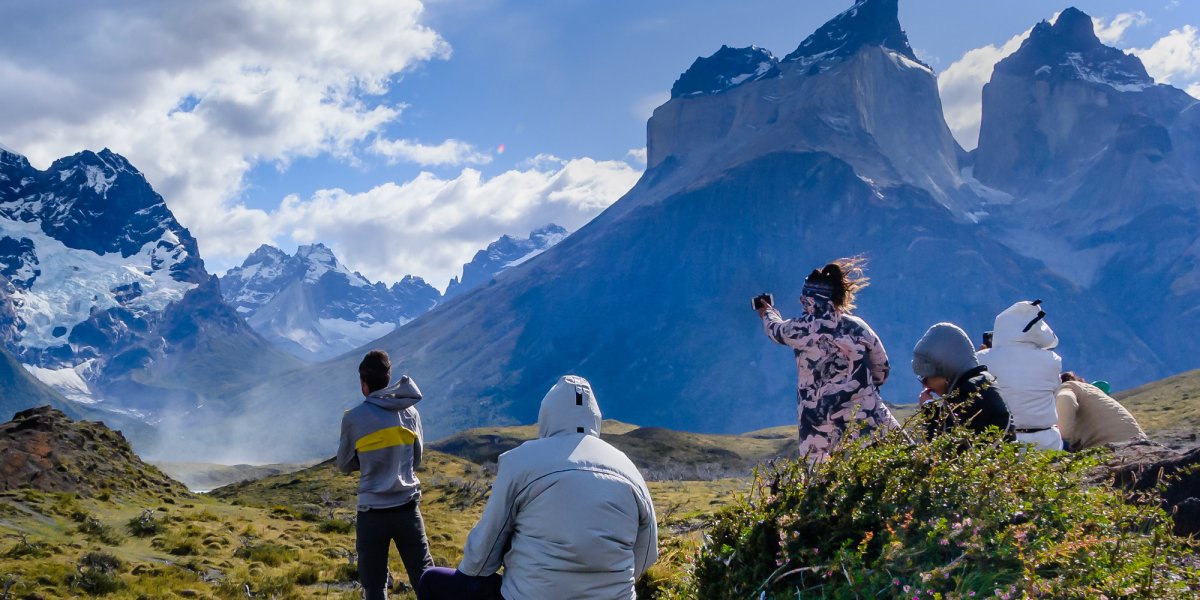
Fascinating Wildlife
While Patagonia is famed for its dramatic landscapes, less is said about its wildlife. But the extreme conditions at this end of South America have resulted in a resilient and fascinating wildlife population. Charismatic guanacos and Darwin’s rheas can be seen grazing on the vast grasslands, and you should keep an eye out for indigenous Patagonian hog-nosed skunks and comical Magellanic tuco-tucos.
Andean condors and Southern crested caracaras soar above, while colorful green-backed firecrowns flit amidst the bushes and Chilean flamingo wade in the alpine lakes. Patagonia is also home to the UNESCO World Heritage-listed Valdés Peninsula, renowned for its marine mammal species that include Magellanic penguins, sea lions and fur seals as well as migrating southern right whales and orcas.
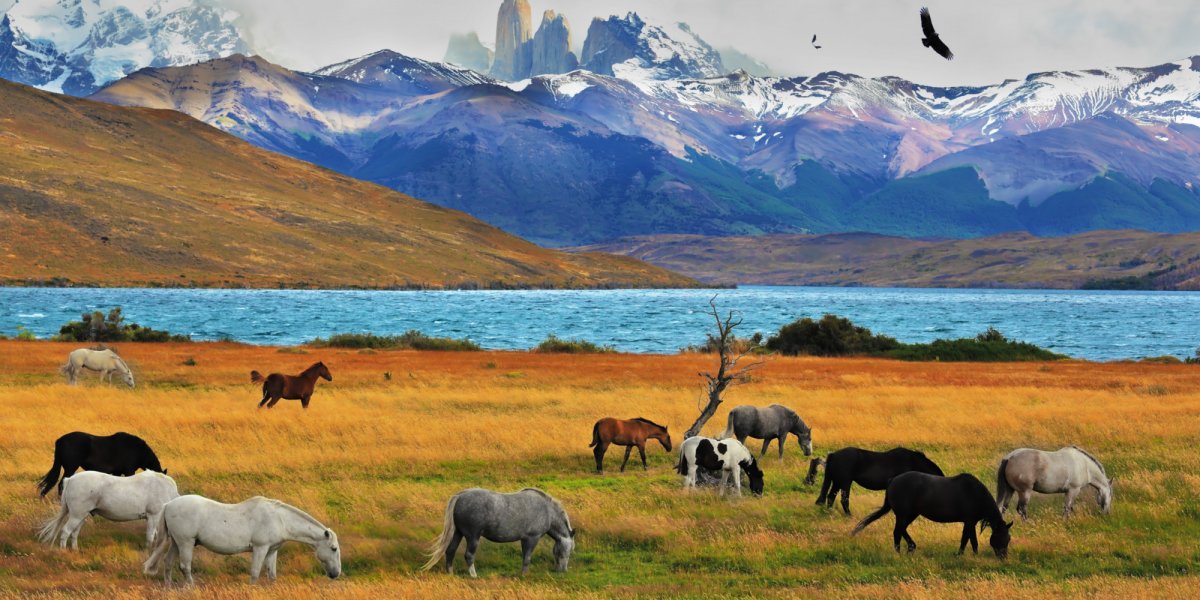
Cultural Destinations
While it may be sparsely populated, Patagonia is far from lifeless, and there are vibrant towns with their own unique culture to discover. Head to charming Bariloche which is famed for its chocolate shops and picture-perfect lakes, or venture to colorful Ushuaia that lies as the southernmost city in the world.
Patagonia is also dotted with estancias where gauchos maintain cattle herding traditions that are centuries old. Spending a day or two learning the ropes with these skilled horsemen is a highlight for many, as is the opportunity to feast gaucho-style with a traditional asado barbecue.
Unbeknownst to many, Argentina’s coolest wine growing regions - the Rio Negro Valley and Neuquén - both lie within Patagonia. The climate and elevation proves ideal for creating slow-ripening Malbec and Pinot Noir. Make a detour to Bodega del Fin del Mundo, the first winery to establish itself in Neuquén, which conducts tasting tours along an aerial walkway and highlights Patagonian produce in its restaurant.
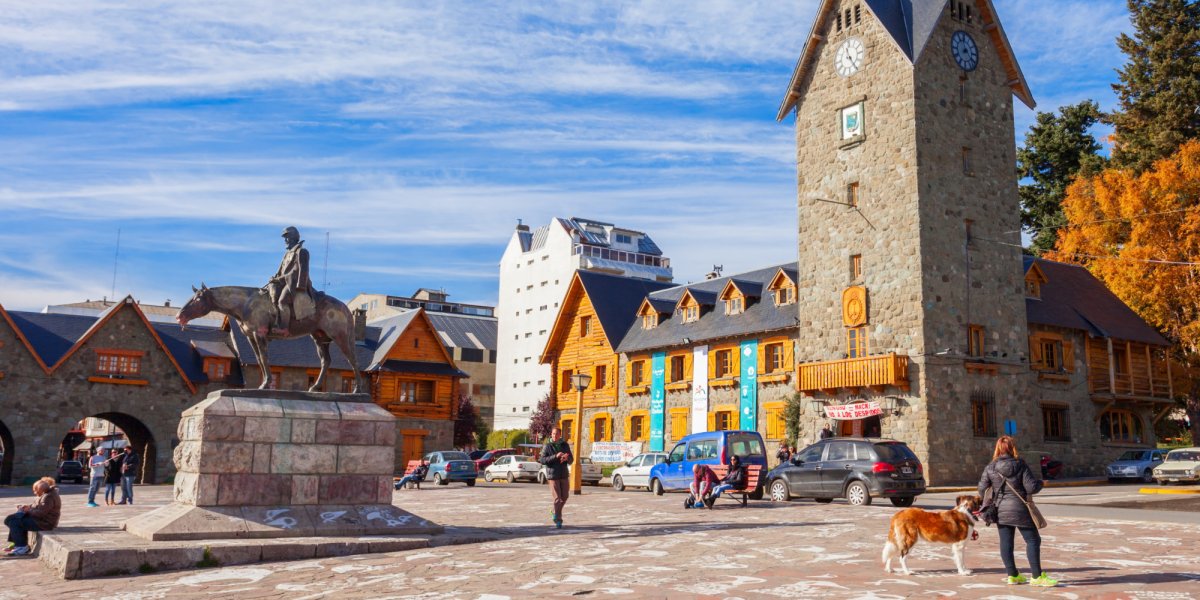
Getting Off The Beaten Track
Even if you’re planning on visiting only the main tourist hotspots of Patagonia, you can still expect long days on the road traveling between destinations. For those that want to get off the beaten track, you really need to give yourself adequate time to traverse what is a truly vast region. Traveling in Patagonia sometimes takes patience, even for those that can afford charter flights. Unpaved roads between airports and hotels are not uncommon and you may have to drive for an hour or two just to get to your hiking trailhead.
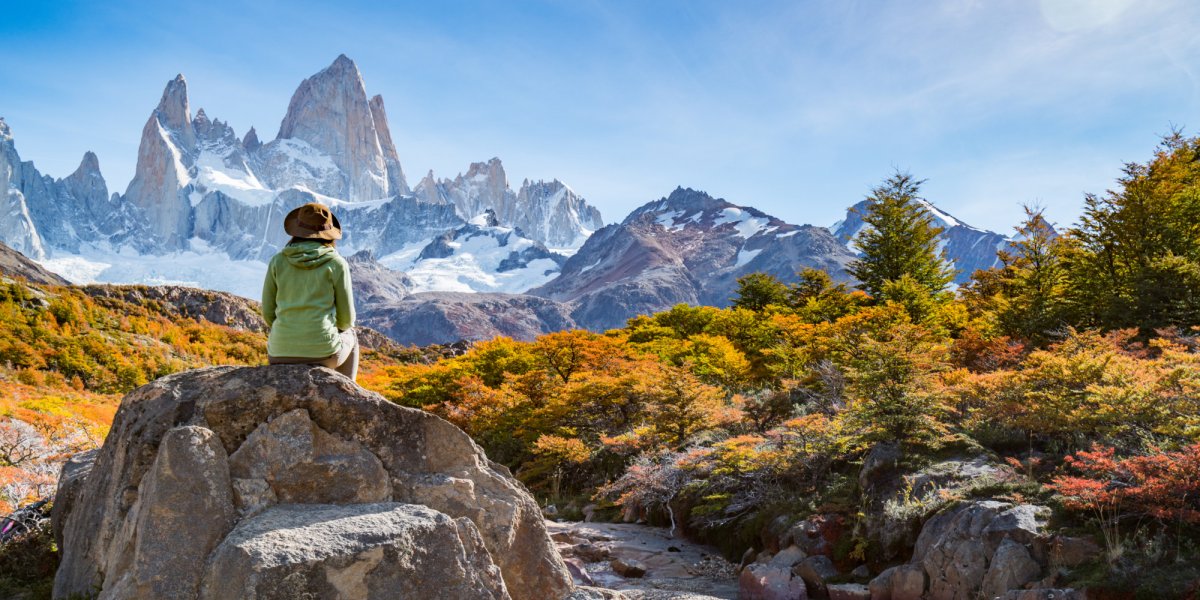
Patagonia: Wily, Wide-Ranging and Worth It
For those that are used to all-inclusive, resort-based vacations, Patagonia's bracing landscapes can be a shock to the system and its adventures do not always translate into the relaxing, indulgent holiday you had in mind. But if your inspiration to visit Patagonia is to encounter breathtaking views and experience a special kind of solitude, then your efforts will be more than rewarded. As we all know, sometimes it’s the immense vastness, brisk wind, and stark wilderness which makes us feel most alive.


